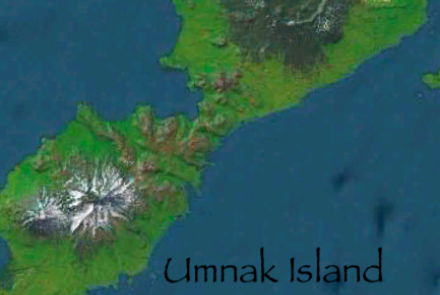Climatic Variations
When one lacks knowledge about the climate of the past, the safest guess as to what the climate might have been is to assume it is the same as now. But knowledge is accumulating to suggest that things were not always as they are at present.
Tree ring growth over the past 2,000 years indicates several serious droughts between 500 A.D. and 1700 A.D. In North America particularly severe droughts began near the years 510, 610, 830, 860, 1165, 1276, 1390, 1495, 1570 and about 1625 A.D.
During the droughtless eleventh century northern Alaska was several degrees warmer in summer than it is now, but during the more drought ridden sixteenth century, tree ring growth rates show the Mackenzie Valley and northern Alaska had colder summers than exist currently.
Evidently, since about 1670, North America has not experienced any truly great droughts such as occurred in the centuries before. Most of those early severe droughts lasted ten to twenty years, so they surely had serious consequences for agriculture and perhaps for other activities of mankind.
Dealing with a somewhat longer time scale, a recent book written in Danish suggests the possibility of radically different climatic conditions in northern Europe prior to about the year 1200. It also is suggested that global wind patterns may have been quite different prior to 1200 and that these patterns may have profoundly affected Viking exploration and settlement.
Instead of bucking westerly winds to cross the Atlantic, the Vikings may have been able to sail comfortably before steady easterlies on the way to Greenland and North America. A pattern of steady easterly rather than westerly winds might also explain why the Vikings settled the nowadays relatively godforsaken western coast of Scotland. Perhaps then the western coast was more like today's eastern Scottish coast.
Evidence for a change in wind pattern also comes from the configuration of the homeland Viking coastline itself. Today's smooth western Danish coastline is created by ocean currents largely driven by the westerly winds. In earlier years the coastline was somewhat inland from its present location and more jagged, affording harbors from which the Vikings could sally forth.
One wonders to what extent the rise and fall of ancient cultures may have been dictated by major climatic changes. Certainly the time around 1200 A.D. was one of profound change in Europe. Could a change in weather patterns have been at least a partial cause? Even the lesser fluctuations that caused droughts for a few years or a few tens of years might have toppled dukes and an occasional king or queen.



